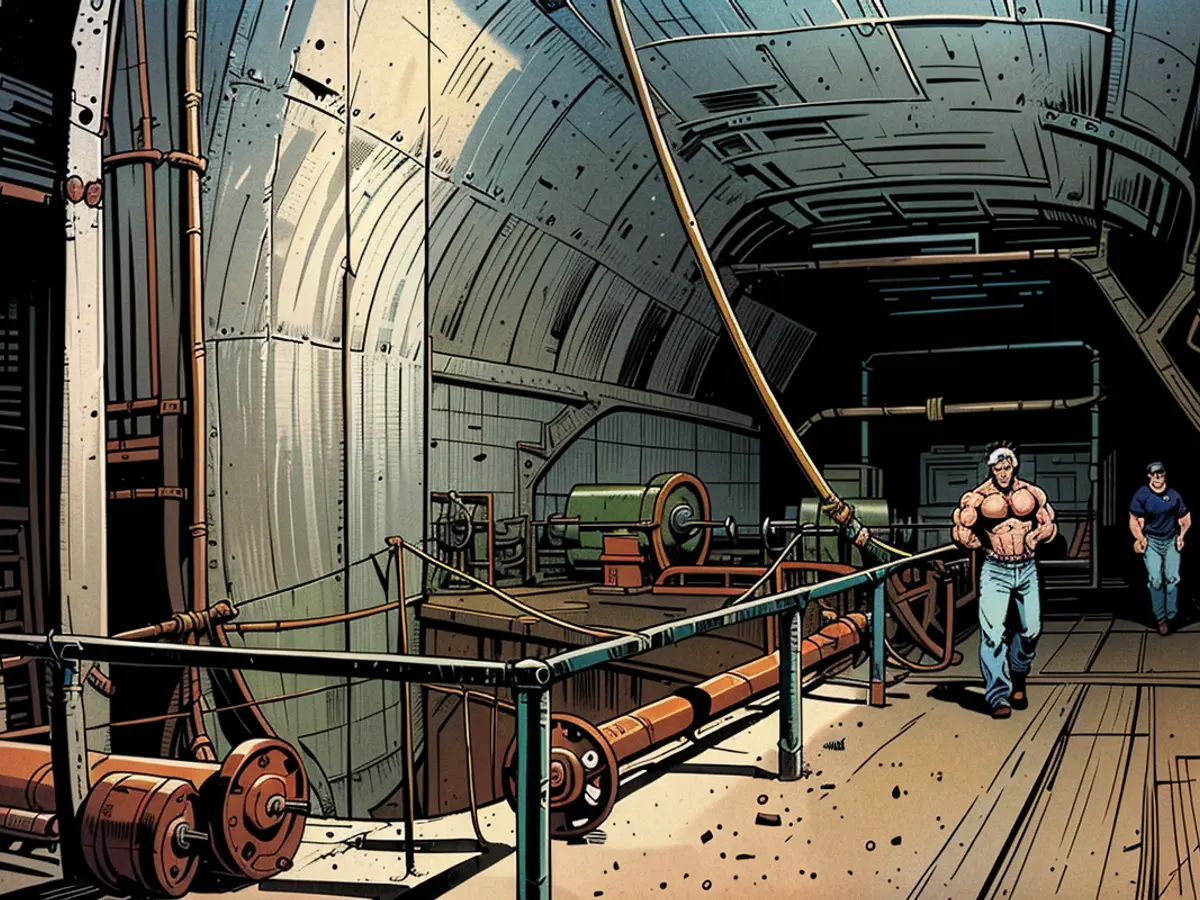The search for a final repository for nuclear waste may be delayed by decades
The search for a final repository for highly radioactive nuclear waste may be delayed by several decades, according to a report by Deutschlandfunk. The broadcaster cited a study by the Freiburg-based Öko-Institut, commissioned by the Federal Office for Nuclear Waste Disposal.
The earliest a site for a final repository could be designated is in fifty years, the report said. Currently, the law provides for a site decision by 2031, but it has long been clear that this timeline will not be met.
The highly radioactive waste from Germany's now-shuttered nuclear power plants is currently stored in more than 1,000 Castor containers at interim storage facilities across the country. According to the report, permits for the sites in Ahaus and Gorleben are set to expire by 2034, while others will do so in the 2040s. Moreover, the containers were not designed for such long-term use in interim storage.
So far, the Federal Company for Radioactive Waste Disposal (BGE) has identified 90 sub-areas for further investigation, covering about 54 percent of Germany's total area. These include 74, often smaller, salt formations, nine clay and seven crystal formations. All federal states are affected, except for Saarland. The previously favored salt dome Gorleben was excluded as unsuitable during the selection process.
The report by Deutschlandfunk suggests that the handling of nuclear waste, specifically the designation of a final repository, might be postponed for several decades. As stated in the same report, the expiration of permits for some interim storage sites, such as Ahaus and Gorleben, is anticipated by 2034 and 2040s respectively, raising concerns about the long-term storage of highly radioactive waste in Castor containers not originally designed for such purposes.








